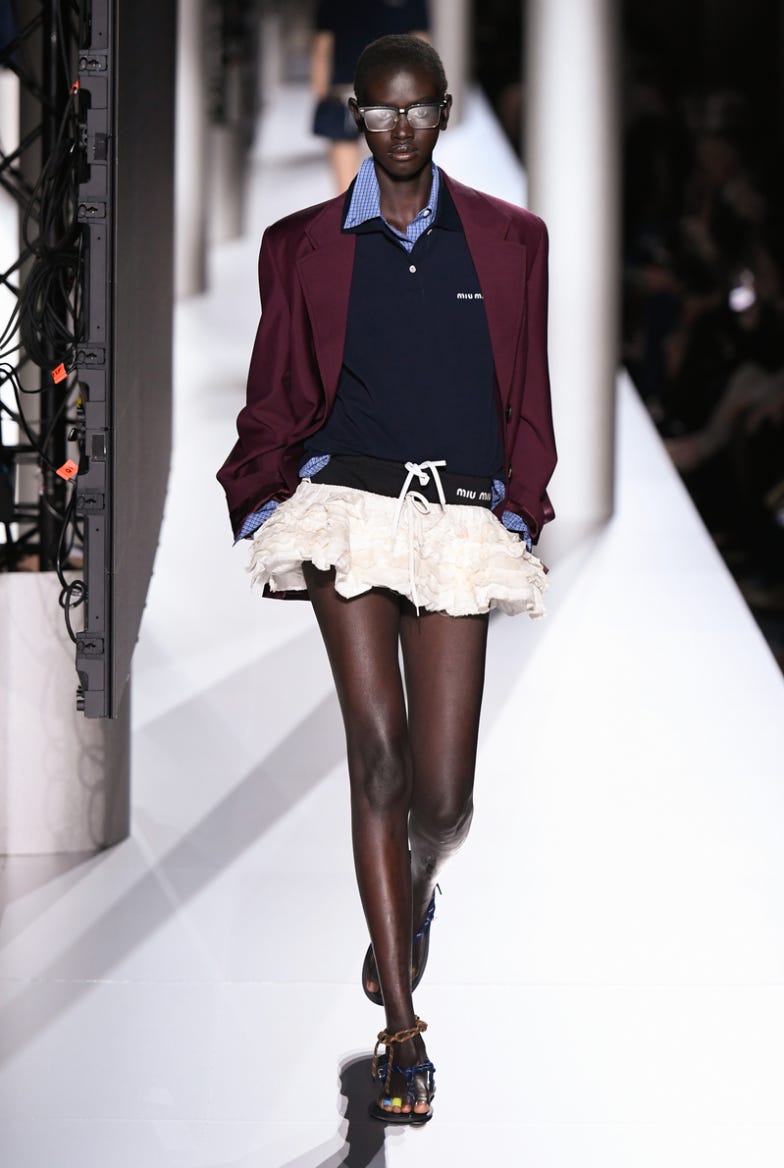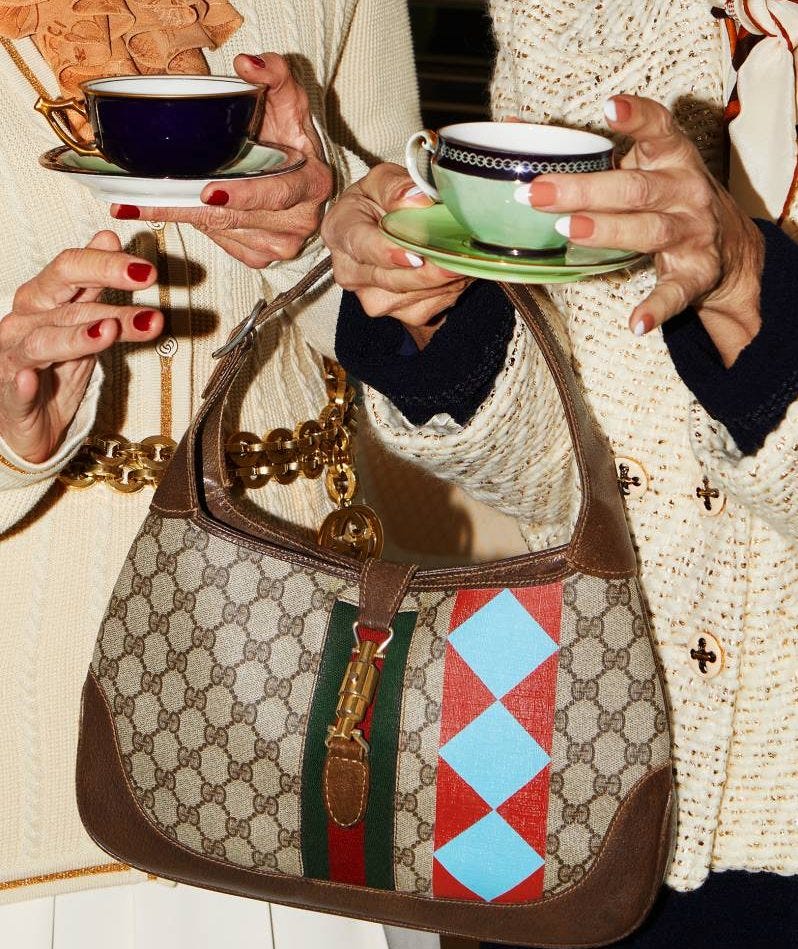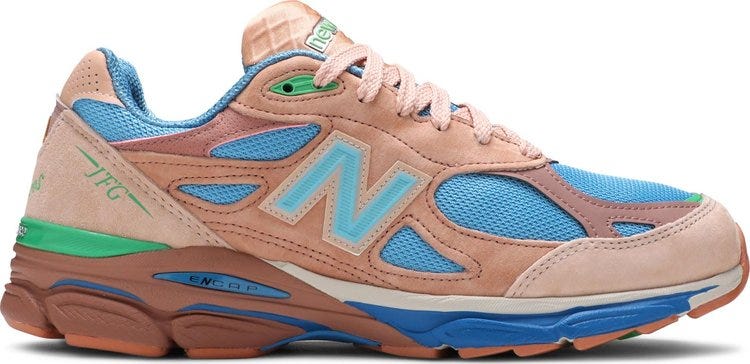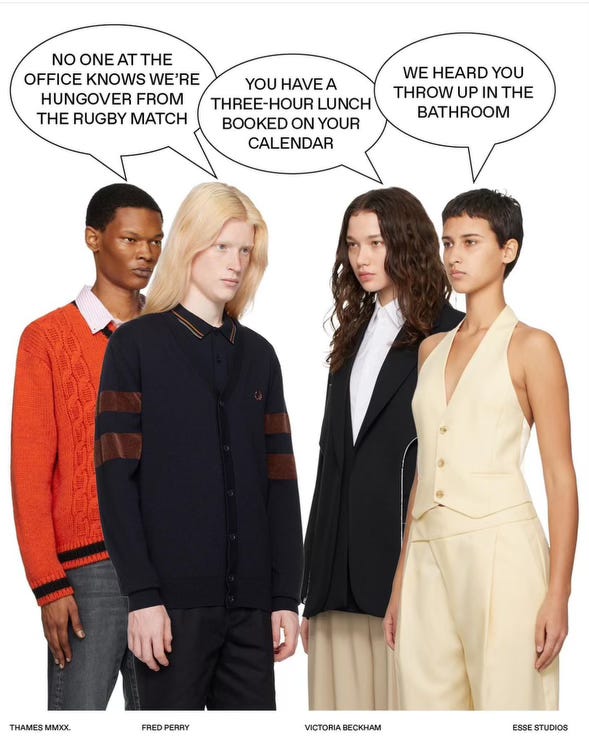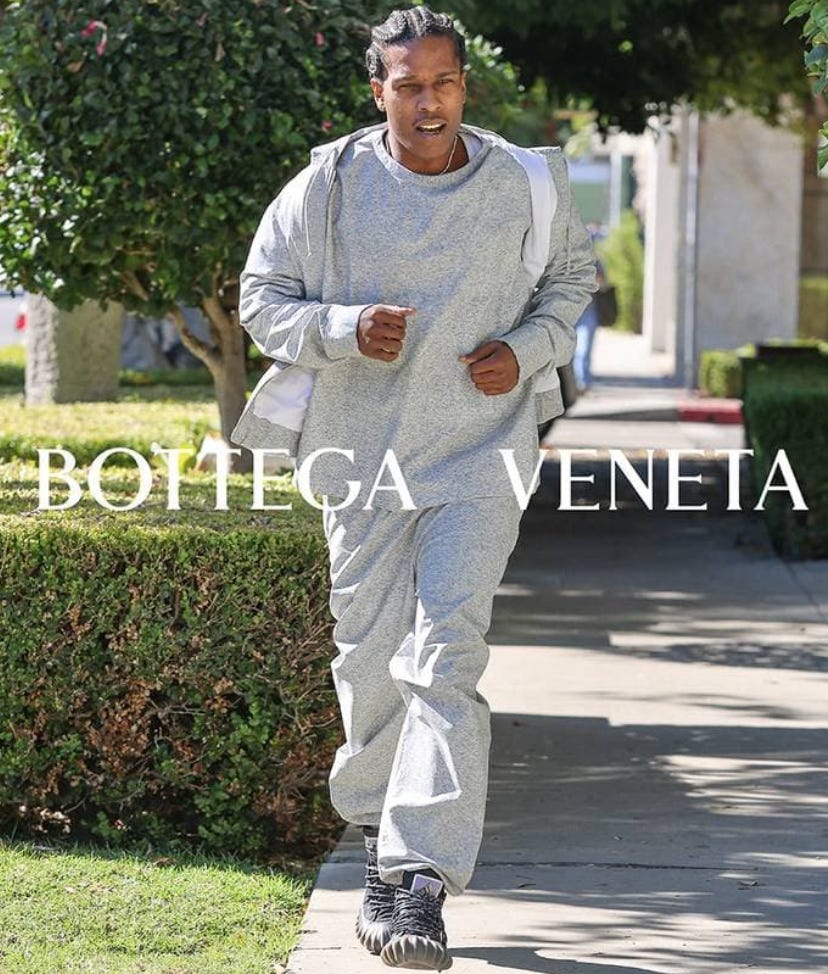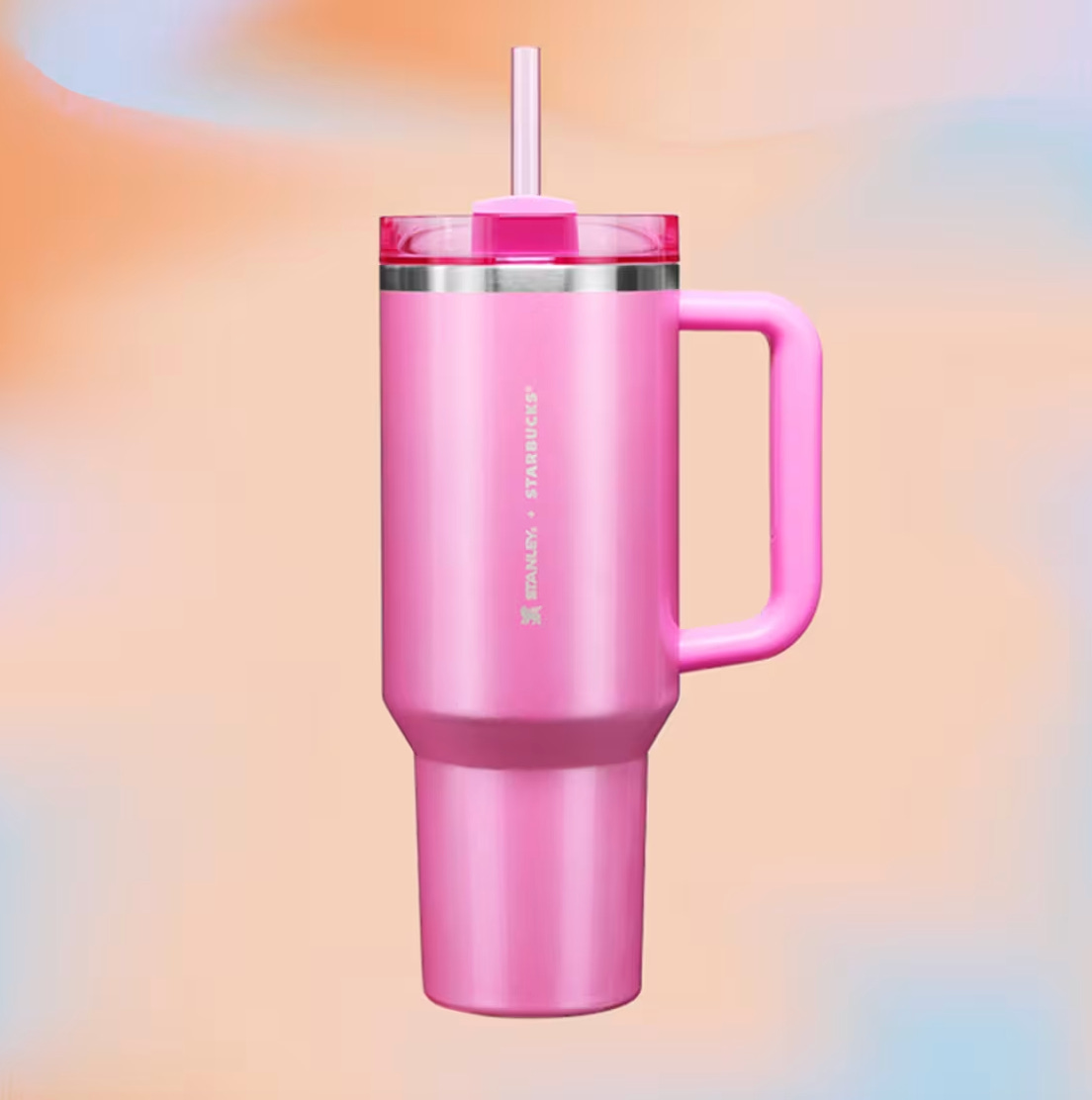Welcome to the Sociology of Business. In my last analysis, The new rules of brand marketing, I analyzed how brand marketing evolved and why CMOs need to adapt. Buy my book The Business of Aspiration and find me on Instagram, Twitter, and Threads. With one of the paid subscription options, join The Sociology of Business WhatsApp Community.
In the first part of the analysis on the transformation of brand marketing, I looked into how the role of the brand marketing expanded in the past decade and moved it in the domain of cultural influence more than brand communications. Here, the focus is on the strategic marketing shifts that enables brands to start making culture.
As a refresher, these shifts are: from top of funnel to the entire funnel; from advertising to entertainment; from awareness to awareness & retention; from audience to fans; from cutting through the noise to making noise; from promotion to collaboration; from products to the look; from attention to emotion; from having a celebrity person to creating a celebrity product; from top down to bottom up; from cost center to revenue driver; and from brand strategy to cultural strategy.
From top down to bottom up
Brand marketing is often tasked mostly with promoting a seasonal brand collection. In a reversal of this process, brand marketing is tasked with recognizing and participating in the fashion aesthetics that are emerging in subcultures, niche communities, resale platforms and/or around pop culture events. The design, styling and product narrative process is now bottoms up, with Coastal Grandma, Barbiecore, or Dark Academia originating with the customer. Key tactics: creator collaborations, fan and community management, content, curation
From advertising to entertainment
For Gen Z, shopping is the top among their entertainment activities (above playing video games). Modern brands are in the business of entertainment, and in addition to seasonal campaigns, the job of brand marketing is to provide quirky and fun snippets of always-on content, merch and products, creative collaborations that introduce novelty, and to plan its seasonal campaigns as entertainment products, like movies: through teasers, trailers, opening nights, and launch. This is the opposite of how traditional brand marketing works, where it is released at the same time as the collection. Instead, collection needs to be teased through content and merch prior its launch to drive interest. For Jacquemus, SSENSE, and Gstaad Guy, the tone of voice and visual language are joke-y, insider-y, the same as one would speak with their friends. Key tactics: content, events, and creative partnerships
From audience to fans
The fastest way to attract new brand fans is to activate its already existing fans, and let them do the word-of-mouth work. Vintage purchases are aspirational, as they let customers flex their curatorial and environmental muscles. Vintage finds are rare and one of a kind, providing symbolic differentiation that new brand products can not. Gucci Vintage, a new venture from Gucci, replacing its Vault initiative, is a case in point: vintage items sold at Gucci’s vintage auctions reach multi-times prices of new items. Key tactics: archives
From cutting through the noise to making noise
Anything that MSCHF does is simultaneously a stunt and a perfect cultural commentary, smart enough to recognize the zeitgeist and make fun of it. MSCHF’s collaborations with Tiffany, Crocs, and a slew of unofficial ones, all got the culture talking. So did J.W. Anderson’s pigeon bag, Casablanca Nicolas Cage ads, Loewe Maggie Smith ads, and Schiaparelli faux taxidermy. The precursor of it all was Marc Jacobs, who changed Louis Vuitton logo immediately after joining the brand (and being told that the only thing that he cannot change is logo). Key tactics: brand and product iconography, graphic design, collaborations
From promotion to collaboration
Traditionally, brand marketing was entrusted with promoting a company’s identity and values. By opening up interpretation of this identity and values, a brand ensures its own longevity and future: just like the most enduring cultural stories and sagas are those that are oral, transported from generation to generation, with community additions and embellishments, so the most enduring brand stories are those that are built with a community: through creative partnerships, collaborations, and creative influences. Key tactics: partnerships and collaborations, special editions and capsules
From products to the look
Brand marketing is often tasked with touting product benefits in addition to brand storytelling. Product focus is today less important than all of the ways this product can be used, worn, and interacted with. More imporant than a skirt or a pair of boots is how they come together, thanks to Tik Tok and Instagram, where people buy from other people, get inspired by them, and emulate their style. This makes seeding products into different cultural niche communities even more important, as a brand never knows which styling is going to win. Styling additionally immediately provides wear scenarios, as well as infinite narrative opportunities to connect products with subcultures, pop-culture, current events, and conversations. Key tactics: content, personas, wear scenarios
From attention to emotion
“To sell something surprising, make it familiar; and to sell something familiar, make it surprising,” noted Raymond Loewy, the father of industrial design. The most visually arresting items from the past couple of years - Pharrell’s damouflage, J.W. Anderson’s pigeon bag, Schiaparelli faux taxidermy are simultaneously surprising and familiar.
The emotional resonance that accompanied all of Virgil Abloh’s projects, from branding Evian to IKEA rugs is due to their symbolic value that rested on his 3% rule. Instant recognizability met novelty. When ADL started collaborating with New Balance, he took beloved 70’s and 80’s classics and made them just enough new for 2020s. Matthew Blazy’s “perverse banality” - turning the most basic objects, like a tshirt or a pair of jeans into pinnacles of craftsmanship, known only to the wearer, is an example of this trend, as is Bottega’s celebration of the “ordinary.” Key tactics: graphic design, visual language, repeatable narrative anchors, interstitial storytelling, sequels and reboots
From celebrity person to celebrity product
Stanley has been in business for more than a century. Cue in Tiktok, and the recent mayhem of Stalney Cup product desirability put its sales projections to $750 million in 2023. In addition to products that, like Stanley Cup, experience a sudden bursts in popularity thanks to social media influence, brands today need to have products they are know and recognized for, together with a unique narrative to go with.
Keep reading with a 7-day free trial
Subscribe to The Sociology of Business to keep reading this post and get 7 days of free access to the full post archives.





